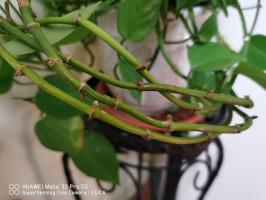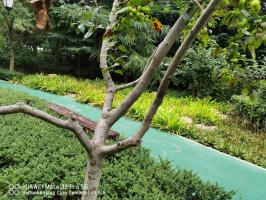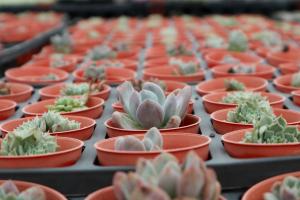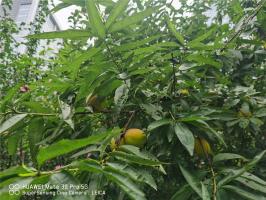Can You Eat the Leaves of Tomato Plants?
Tomatoes are a popular fruit that is enjoyed by many people across the world. The juicy red fruit is not only delicious but also packed with nutrients that are essential for the body. However, the leaves of tomato plants are often ignored, and many people are left wondering if they are edible. In this article, we will explore whether you can eat the leaves of tomato plants and if yes, how to prepare them for consumption.
Are Tomato Leaves Edible?
The answer to this question is both yes and no. The leaves of tomato plants are edible, but they contain a toxin called solanine. This toxin is present in other nightshade plants like potatoes, peppers, and eggplants. Solanine is harmful to humans in large quantities and can cause symptoms like nausea, vomiting, stomach cramps, diarrhea, and even paralysis.
What Are the Benefits of Eating Tomato Leaves?
Despite the presence of solanine, eating tomato leaves has various health benefits. One of the primary benefits is the high nutrient content. Tomato leaves are a good source of antioxidants, vitamins, and minerals. The leaves are also rich in chlorophyll, which is known to have antioxidant and anti-inflammatory properties.
Another benefit of eating tomato leaves is their potential to combat cancer. According to research, the leaves contain a compound called tomatidine, which has shown promising anti-cancer properties.
How to Prepare Tomato Leaves for Consumption?
If you are interested in trying out tomato leaves, it's important to prepare them correctly to minimize the risk of solanine poisoning. Here are some steps to follow:
Choose fresh tomato leaves that are free from any blemishes or signs of disease.
Wash the leaves thoroughly in running water to remove dirt and any pesticide residue.
Remove the stems and any tough parts of the leaves.
Cook the leaves in boiling water for at least five minutes. This will help to reduce the solanine content.
Drain the leaves and rinse them with cold water to stop the cooking process.
Season the leaves with salt, pepper, and other herbs of your choice.
The cooked tomato leaves can be added to soups, stews, or salads. They can also be sautéed and used as a side dish.
Conclusion
In conclusion, while tomato leaves can be eaten, they should be consumed in moderation to avoid solanine poisoning. If you are interested in trying them out, make sure to follow the proper preparation guidelines mentioned above. However, it's important to note that the leaves should not be consumed by people who are allergic to nightshade plants or those with a history of solanine sensitivity.

 how many times do yo...
how many times do yo... how many planted tre...
how many planted tre... how many pine trees ...
how many pine trees ... how many pecan trees...
how many pecan trees... how many plants comp...
how many plants comp... how many plants can ...
how many plants can ... how many plants and ...
how many plants and ... how many pepper plan...
how many pepper plan...






























